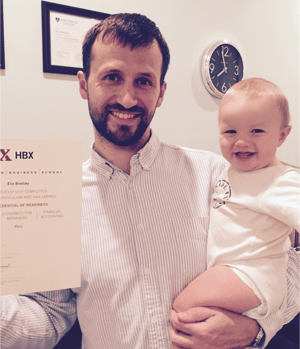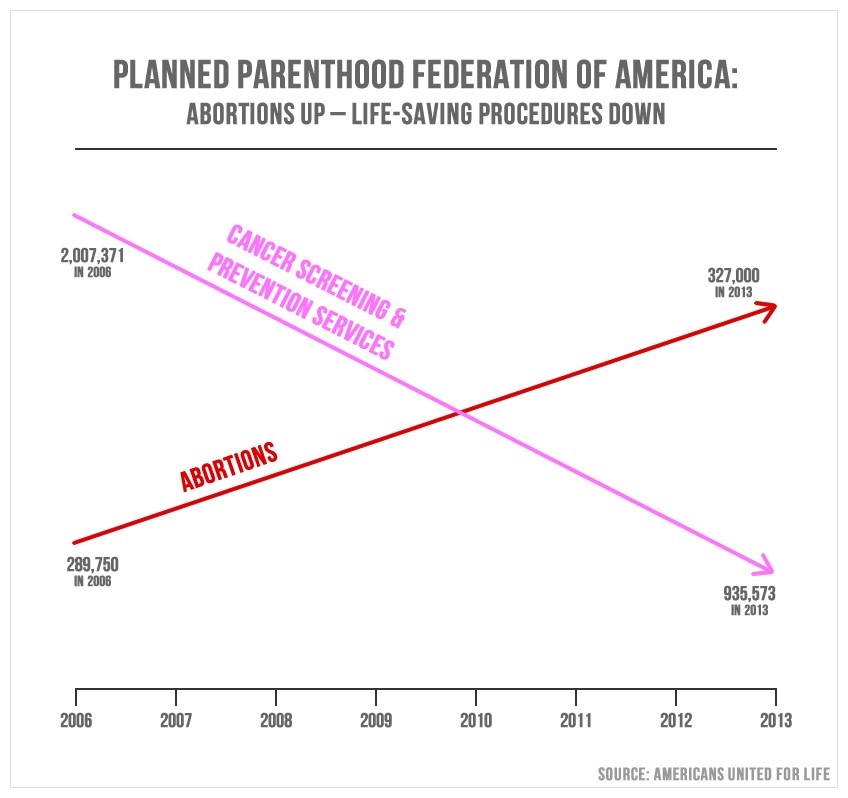
When I graduated from college, I started a digital advertising agency focused on video advertising, called VidAdBox. It was a first business we started with a friend and ran it without giving it much thought - we reported to ourselves and based most decisions on “gut feeling." While projects came in and paid the bills, we struggled to grow. It was hard to find the time to work, plan, market, and use outside financing to scale our business. Several years later, I moved with my family from Israel to the US because we were expecting our second child and my wife wanted to be closer to her family.
Soon after we moved, I got involved in a project where I had a chance to work on a research project and see the power of high throughput molecular data. While the project was short-lived, the experience turned my attention to molecular data and its applications in personalized medicine – precision diagnostics, clinical trials, and drug repurposing. My father, who has been working in bioinformatics research most of his life, encouraged me to take a closer look at this new dynamic and use my business experience to build a company.
So we started. One of the first things on our list was obtaining equity financing. I was full of energy and creativity, but my previous small small business experience gave me limited tools to produce the necessary analysis of market trends and financial models that would be convincing to investors. I felt that I wasn’t prepared, but did not have the time or money to quit everything I was doing and go back to school to get an MBA. I decided to search for an alternative program that would give me some practical skills and introduce me to key ideas in business and finance. I also hoped to keep on working on this idea while gaining these critical skills.

After some research, I decided HBX CORe was a good fit. The program was a good mix of flexibility and accountability and provided a relevant set of topics for what I was trying to do. It turned out to be a great decision.
While a lot of information about investor pitches can be found online, most of the time the process involves lots of conversations. Sometimes, you have to be ready to walk an investor through your financial projections and demonstrate your ability to build an accurate budget in a short amount of time. I had to learn how to summarize data and business metrics and then present them in meaningful ways—harnessing the power of excel and its associated tools was key. Equally as important was knowing the language of business to describe our models, because, as you may know, presentation matters.
While introducing me to the “language of business," HBX CORe also provided me with tools I put to work immediately. It gave me a platform to discuss my ideas and difficulties with peers who had different experiences. Finally, I received a credential that was validation for my new skills.
While enrolled in the program, I worked hard on my pitch and business summary that was to be presented to an angel investor. As I learned about product pricing, we received market data and a convincing picture started to clarify. The numbers finally started making sense – we had a product that could be ready for market in time for it to mature. Compiling this information into a series of presentations, we were able to successfully raise the needed seed capital for our new company, Pine Biotech. A big part of it was negotiating a licensing agreement for the technology for our platform. But a plan is never enough—it is all about the execution. In our case, that meant growing our team and involving ourselves in projects where we could showcase the power of our technology.
Today, I am the CEO of our company. We are headquartered in Boston and New Orleans and have six people working on different aspects of the business. Our key product is a SaaS hybrid cloud platform, T-BioInfo, that provides easy access to analysis of molecular data for diverse teams, including biologists and bioinformaticians. The T-BioInfo platform enables researchers to analyze genomic, transcriptomic, proteomic, and other types of biomedical big data using an intuitive graphical user interface.
In addition to making multi-omics analysis accessible to non-bioinformatician biologists, the platform includes a wide range of machine learning tools and user-friendly visualization. By placing these advanced tools into the hands of clinical researchers and pharmaceutical R&D, we envision revolutionizing the way improved personalized healthcare is developed in the coming years. We are working on multiple projects to enable molecular profiling for matching patients to clinical trials, discovery of small molecules for therapeutics, vaccines, and identification of new cellular pathways as target candidates.

While we are just at the beginning, we are starting to see the hard work pay off. We were able to apply for research grants and establish collaborations to develop the platform further. This year, we scored our first contracts. In October 2016, the Pine Biotech pitch won the grand prize at The Pistoia Alliance competition. We had to pitch in front of companies like Astra Zeneca, Merck, and Thomson Reuters. In December, we will be finishing the Propeller accelerator program.
I am excited to see how things will develop from here – it’s been a hard, but exciting journey. I am thankful for the HBX CORe team for making their educational content available online in a format that helped me develop some of the essential skills I needed.
The CORe community consists of a rich and diverse group of learners. Want to learn more about other students who've participated in the program?

About the Author
Elia Brodsky participated in the September 2015 cohort of HBX CORe and took the program to learn the business skills necessary to run his company. He currently serves as the CEO of Pine Biotech.



































